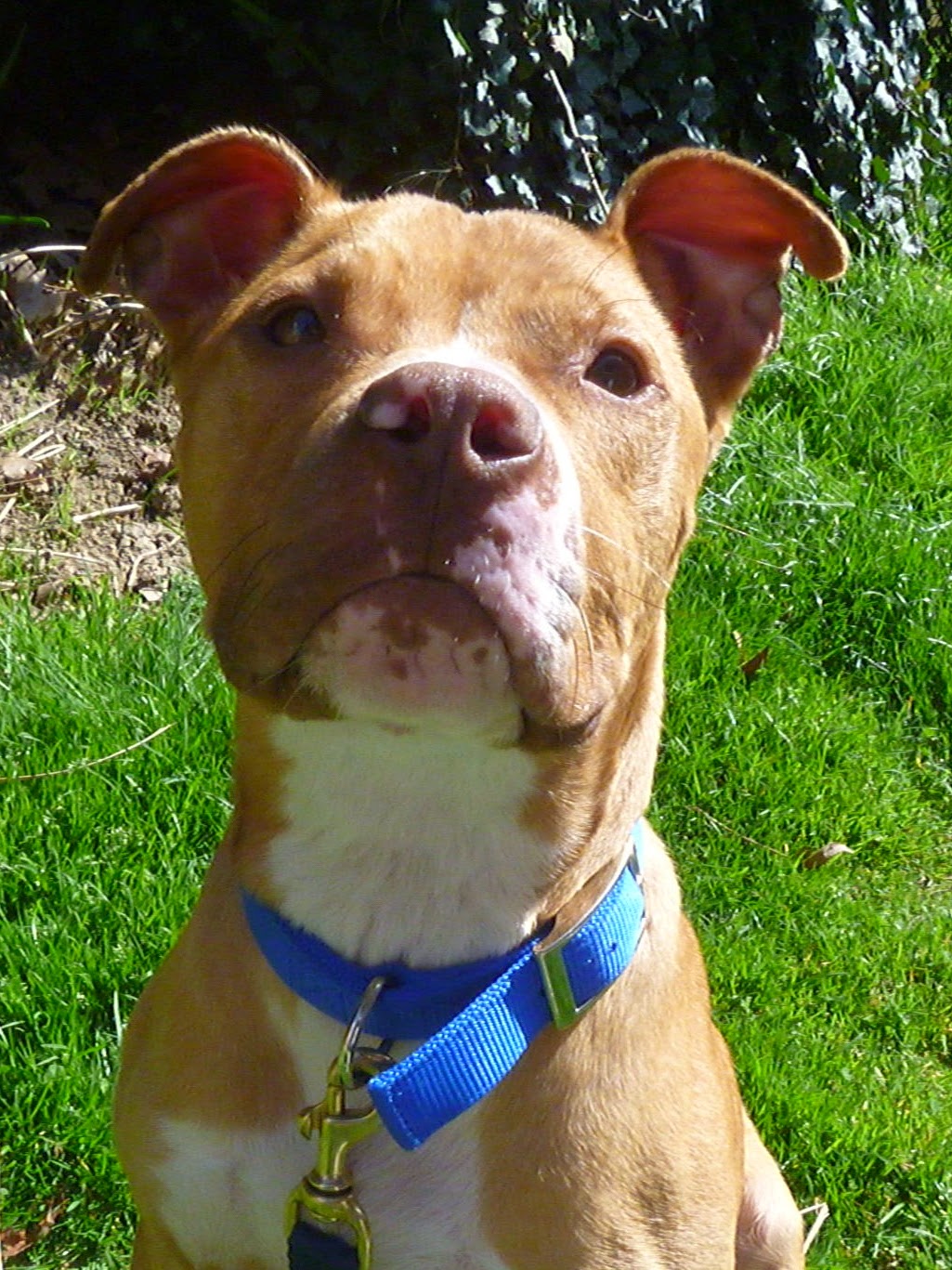Microbiome Restorative Therapy (aka “Fecal Transplant”) is
the transfer of stool from a healthy patient into an unhealthy recipient
patient.
What are the
indications for this treatment?
Many dogs and cats suffer from chronic gastrointestinal (GI)
problems, like persistent poor appetite, weight loss, chronic vomiting, and
chronic diarrhea/soft stools. When an underlying diagnosis is not found, or
when a patient fails to respond to other therapies, the dog or cat may benefit
from receiving the stool from a healthy dog or cat.
What may cause an
imbalance from the normal bacteria in a pet's intestines?
A few of the known causes include antibiotic therapy,
anti-inflammatory therapy (arthritis medications, steroids, metronidazole), GI
parasites like giardia and coccidia, viral infections, and any other causes of
poor health.
What is involved in
the treatment?
The recipient spends a few hours at our hospital. Initially,
the pet will receive a rectal ozone treatment (which takes a few seconds to
administer) as well as an infusion of 10 ml of Quinton, a liquid containing
over 80 minerals. Quinton offers nutrients that dogs and cats lack in their
diets, and enables them to jumpstart the healing process. Immediately following
the ozone and Quinton infusions, the pet is given a rectal infusion of feces
from a healthy donor. The pet stays with us for a few hours to make sure he
does not immediately defecate.
How safe is this
treatment?
All patients must first be seen by Dr. Epstein to be
evaluated for this treatment. Each batch of feces is obtained from a healthy
donor who has been fed a species-appropriate diet and appears to be in
excellent health. Each batch of feces is tested for intestinal parasites,
including coccidia, giardia, hookworms, whipworms, roundworms, tapeworms, and
more. A PCR (DNA) test is run on each batch to check for the presence of
parvovirus, coronavirus, Clostridium (2 species that are found in unhealthy
stool), Salmonella, Campylobacter, Cryptosporidium, Coronavirus and giardia in
dogs, and panleukopenia (Feline Distemper), Tritrichomonas, Campylobacter (2
species), Cryptosporidium species, Salmonella, giardia, and two species of
Clostridium in cats.
What should be
expected after the treatment?
Immediately after the treatment, the pet should be
discouraged from defecating for at least a few hours. Improvements in health
can sometimes be seen immediately, and include more energy and a better
appetite. Sometimes the improvements can be more gradual. Patients are
encouraged to receive further natural therapies, like homeopathy and
acupuncture, to address underlying imbalances in their health.
While recovering, it is possible that a patient may need an
additional treatment (or more) if the improvement slows or starts to reverse.
If the patient is not improving, further diagnostics may be
indicated to search for underlying problems.
 |
| Our donor dog, Baxter |